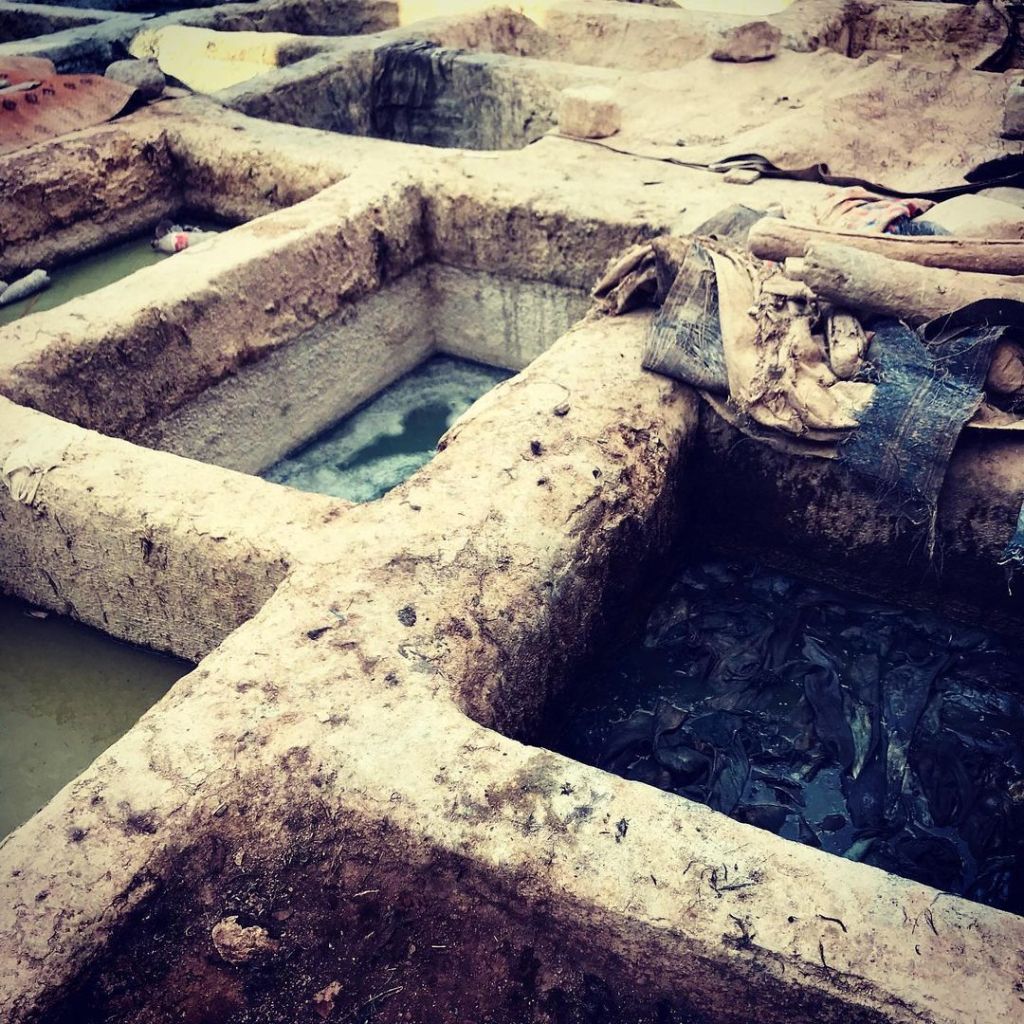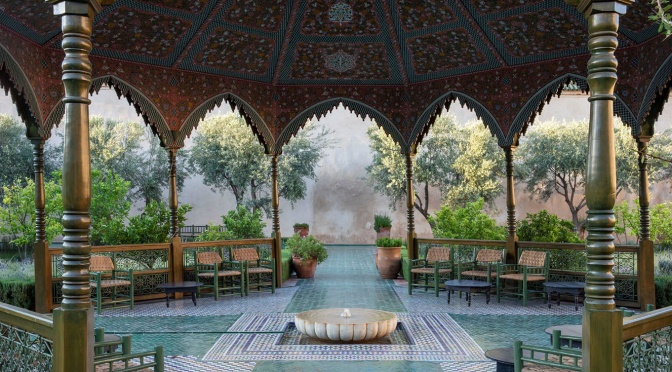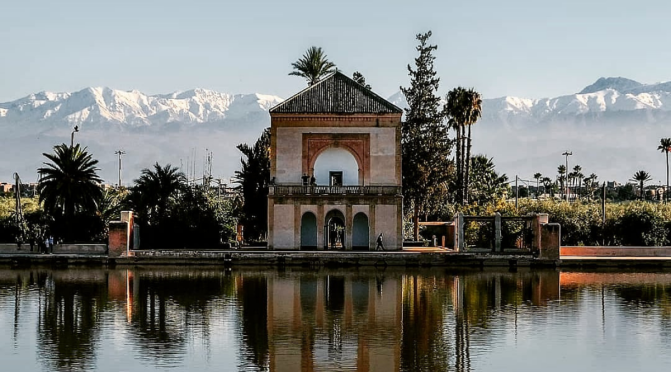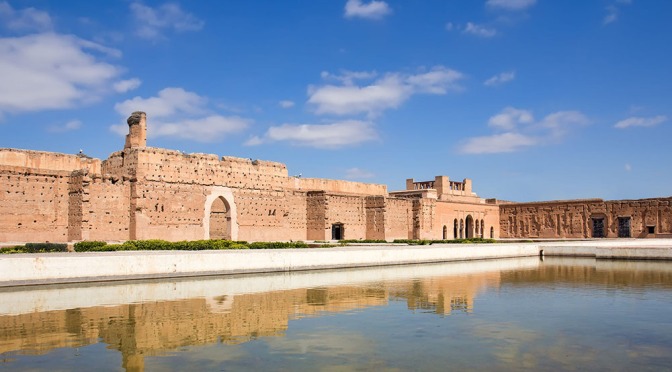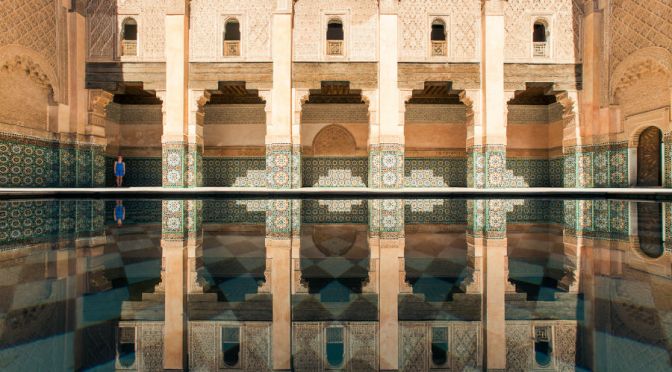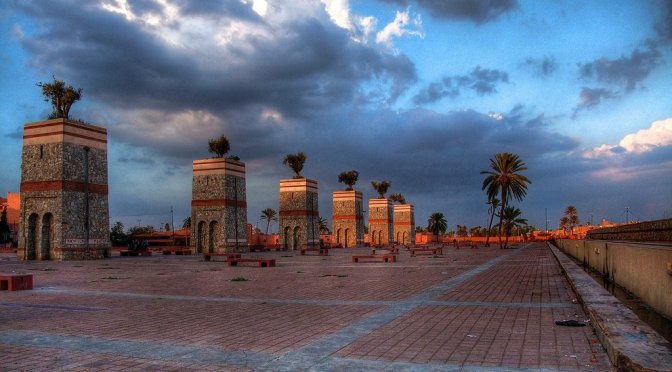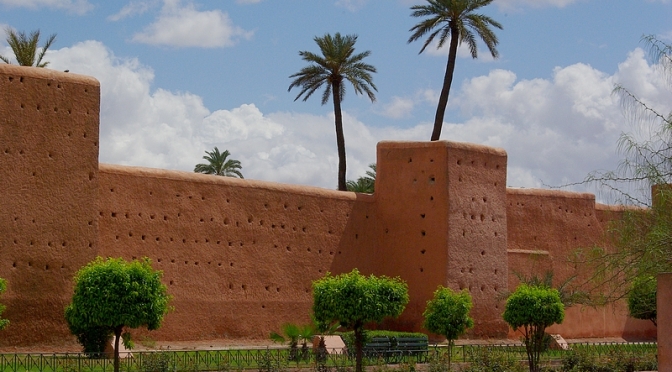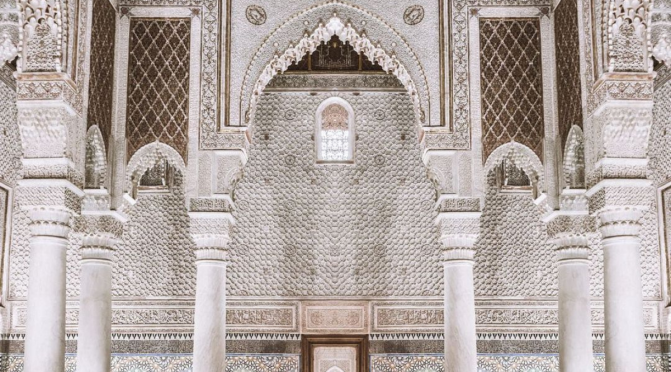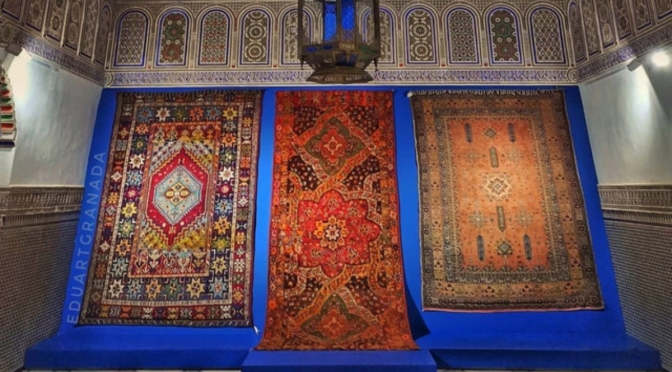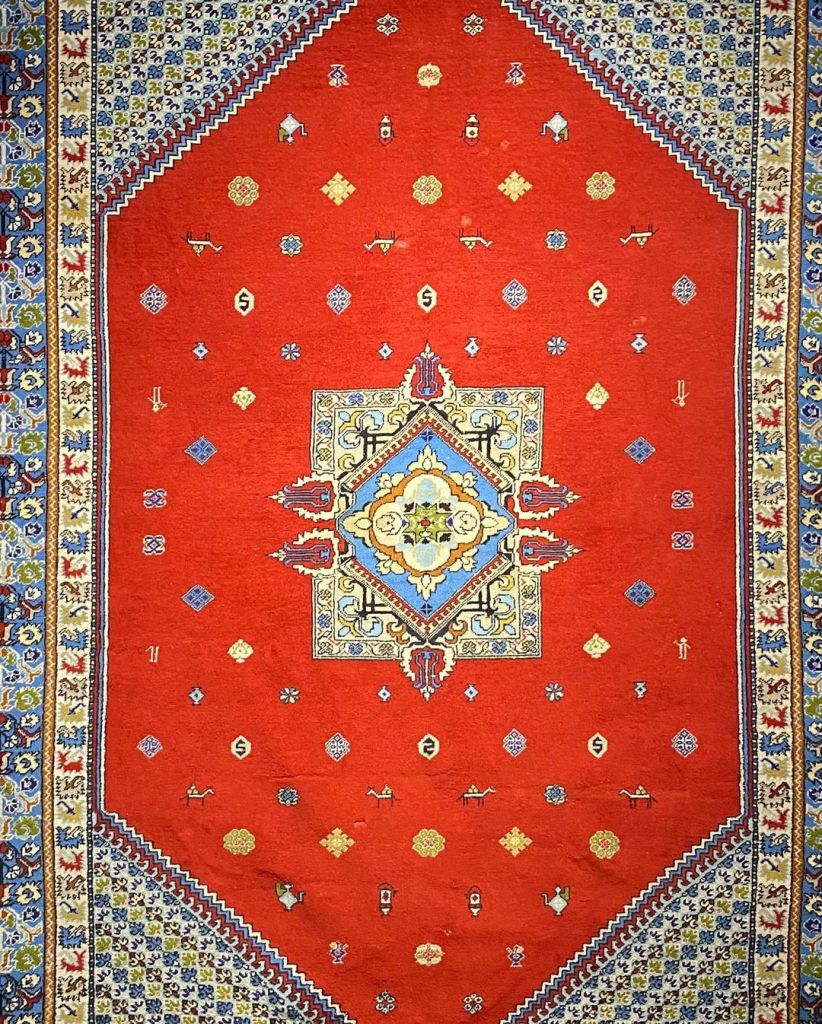Walking around the beautiful Medina of Marrakech, the water vendors are considered a tourist attraction and an interesting subject of many travel photos. Historically the water vendors were important traders especially in the desert environment, but now they cater mainly for entertainment. They are licensed to wander around the Jemma El Fna square among the traders and street artists and if you would like to take a photo of them or with them, it is necessary or otherwise a kind gesture, to tip / donate.
But let’s go into detail …!




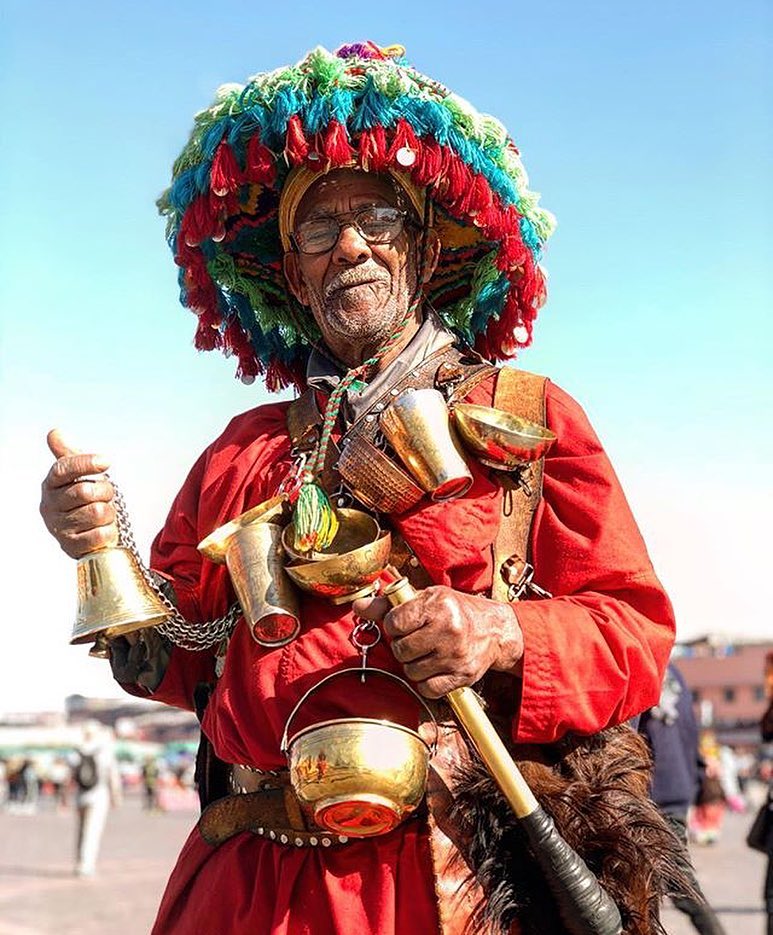
HOW DO THEY OPERATE?
First of all you can see the cups and glasses in brass and tin. These are used by customers for drinking. The water vendor transported water from suburban cisterns to crowded market areas.
HOW DID THEY CARRY THE WATER?
They have a large leather bag. It is probably made of goatskin, or it could be camel skin. It is specially treated to retain water to which vendor often adds flavors such as mint leaves or lemon (to take away the strong flavor released by the animal’s skin).
WHERE DO THEY HIDE THE EARNED MONEY?
The water seller keeps his money in a leather purse pocket. If he likes a coin or finds it unusual, he sticks it on the outside of the bag as a decoration.
HOW DO THEY WOTK IN THE SUN?
Outdoors in the relentless Moroccan heat it needs sun protection. That’s why this traditional Berber hat is eye-catching but also offers good shade.
HOW DO THEY GRAB THE ATTENTION?
The water seller makes himself known in the Medina by ringing the bell! Moroccans consider it lucky to drink the water they sell, so you will see them making sales to the locals too.
And you? Would you have the courage or the curiosity to taste this water? Let me know yours!!



